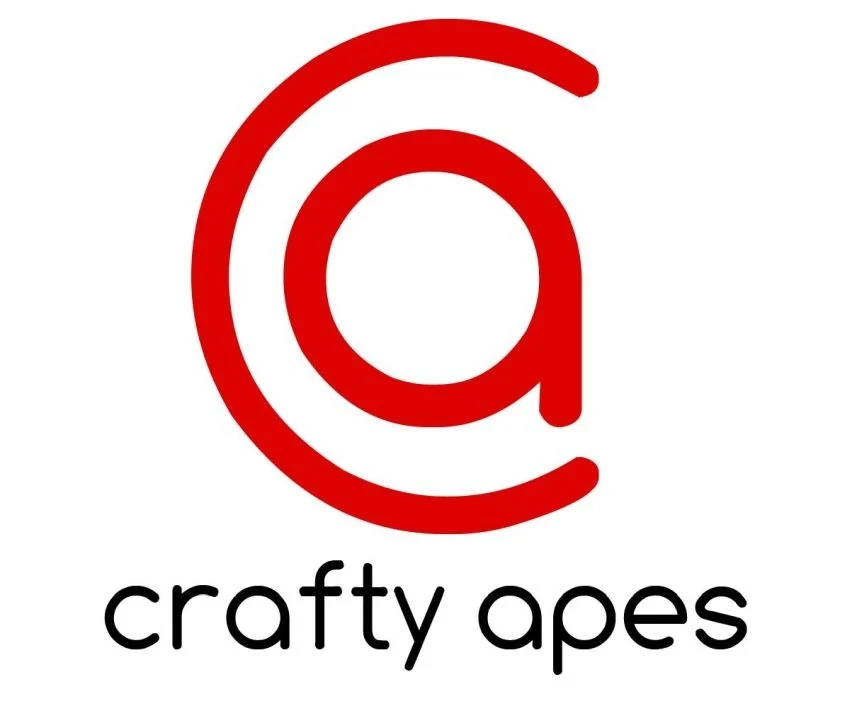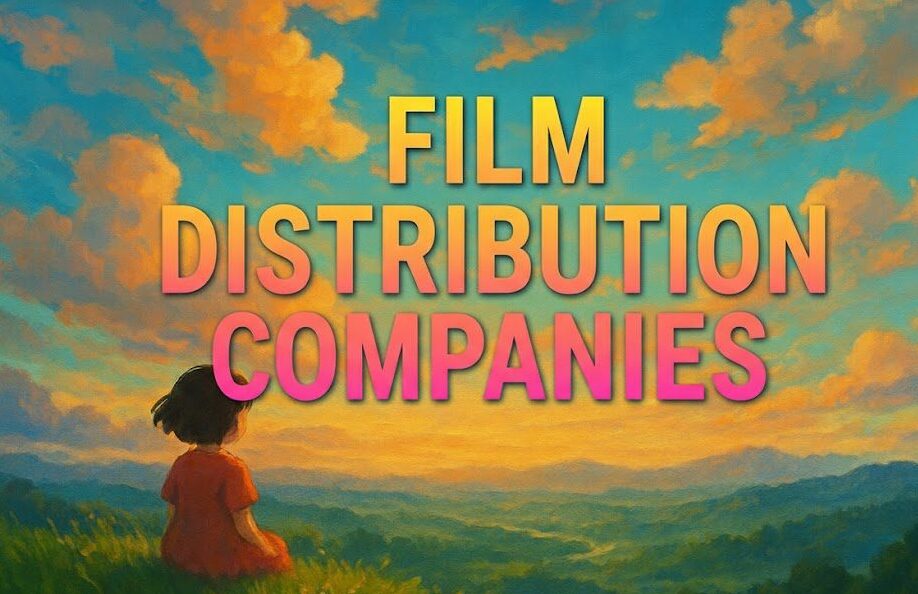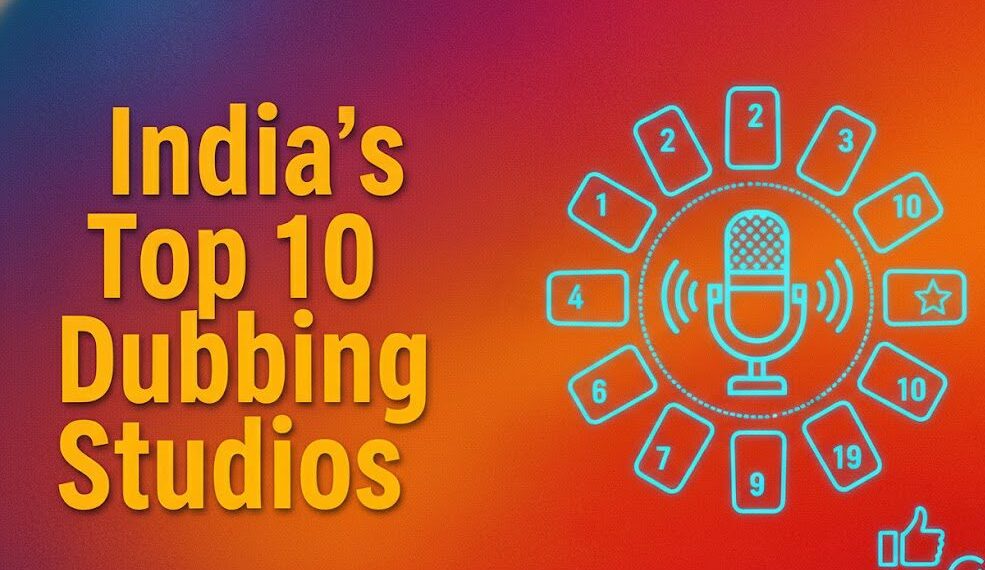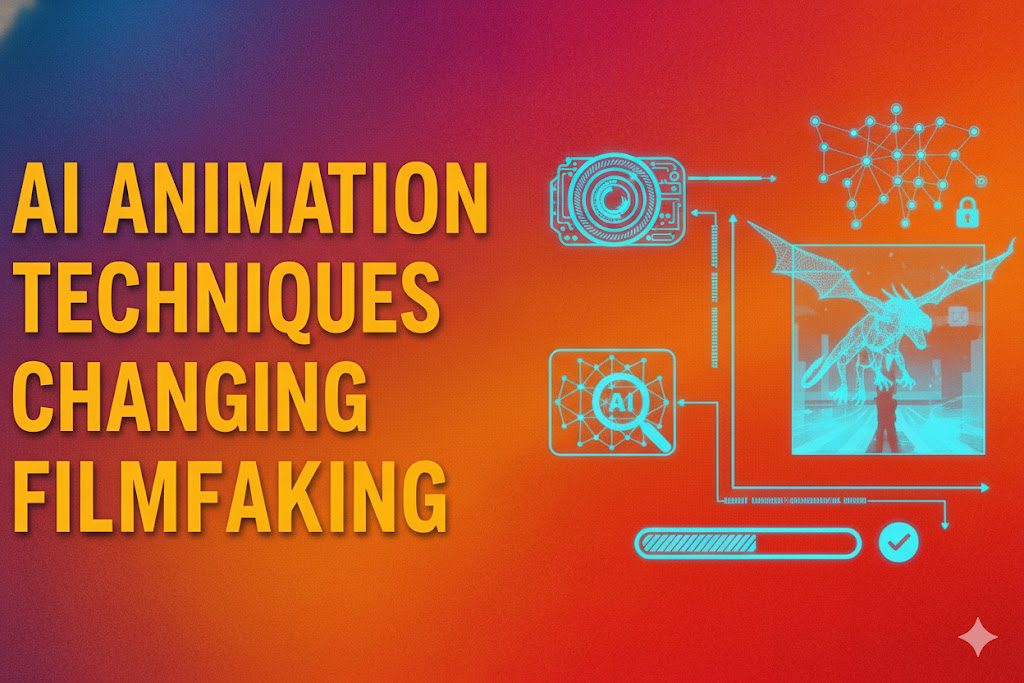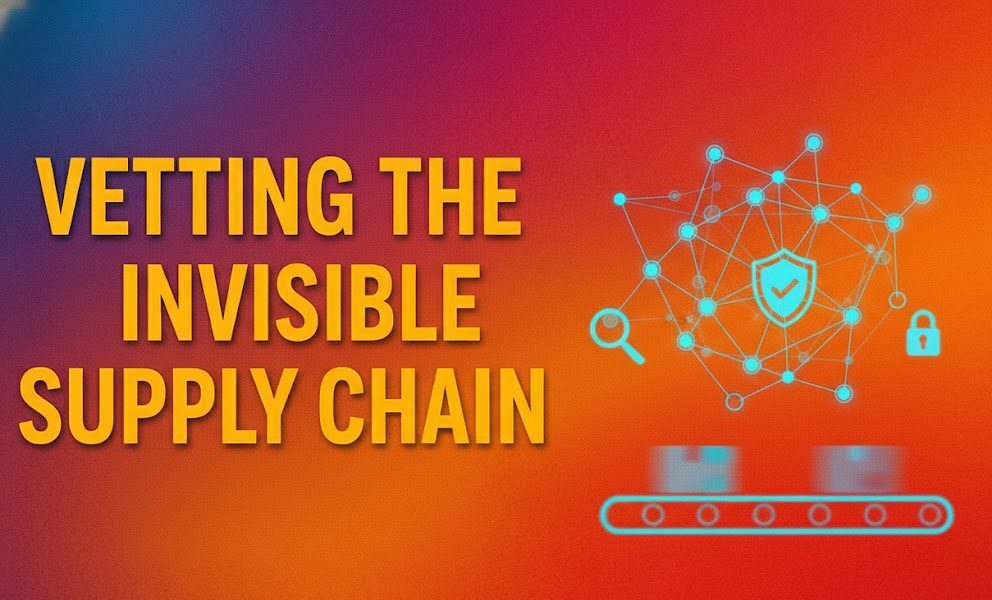Introduction
The streaming world is crowded. Every platform is fighting for the same eyeballs, and the pressure to acquire or commission the *next big thing* is immense.
But what if the next big thing isn’t a massive blockbuster?
What if it’s a niche, high-affinity show that turns a specific audience into loyal, long-term subscribers?
This is where traditional audience data falls short. You know what people are watching, but you don’t know what’s being created behind the scenes. True market intelligence for streamers isn’t just about demand; it’s about understanding the entire global content supply chain.
You’re probably drowning in viewership stats. But you’re starved for actionable intelligence on upcoming projects, hidden-gem vendors, and co-production opportunities that haven’t hit the trades yet.
In this post, I’m going to walk you through how the smartest acquisition and content executives are shifting their focus from demand-only metrics to a more holistic, supply-side view to win their niche.
Table of content
- Introduction
- Key-Takeaways
- Strategy 1: Look Beyond Demand Data to See the Full Picture
- Strategy 2: Use a Project Tracker to Find Gems Before They’re Polished
- Strategy 3: Discover and Vet Specialized Vendors for Niche Content
- Strategy 4: Leverage Intelligence for Smarter Co-Production & Licensing
- How Vitrina Delivers Actionable Market Intelligence
- Conclusion
- FAQs
Key Takeaways
| Pillar Aspect | Core Insight |
|---|---|
| Definition & Importance | Film sales and distribution encompasses all processes involved in selling the rights to a film and getting it to various audiences through multiple channels. It’s vital for revenue generation and audience reach. |
| Strategic Sales | A robust sales strategy involves understanding your film’s value, identifying target buyers (distributors, platforms), and effectively pitching your project, often with the help of sales agents. |
| Distribution Channels | Modern distribution spans theatrical releases, streaming platforms (SVOD, AVOD, TVOD), television broadcast, and ancillary markets like educational and inflight entertainment. |
| Markets & Festivals | Key industry events like Cannes, Berlinale (EFM), and AFM are crucial for networking, sales, and launching films into the distribution pipeline. |
| Deals & Agreements | Understanding legal contracts, licensing terms, rights management (territorial, windowing), and negotiation is fundamental to protecting your interests and maximizing returns. |
| Global Reach & Technology | International sales and leveraging technology and data, like insights from Vitrina, are increasingly critical for maximizing a film’s global footprint and revenue potential. |
Want to find the next global hit before anyone else?

Strategy 1: Look Beyond Demand Data to See the Full Picture
Audience demand data is powerful, but it’s reactive. It tells you what was popular yesterday. Relying on it exclusively means you’re always one step behind, competing for the same proven formats and talent as everyone else. It’s a red ocean.
Winning streamers are looking at a different dataset: supply-chain intelligence.
- What it is: Real-time information on the global pipeline of film and TV content. This includes projects in development, scripts being shopped around, and companies gearing up for production.
- Why it matters: It allows you to spot trends and opportunities *before* they become mainstream. You can find a unique sci-fi project from a Korean studio or a compelling documentary from a new Canadian production house long before your competitors do.
- The shift: Instead of asking “What do our viewers want?”, you start asking “What incredible stories are being crafted right now that our target audience will love?”
This proactive approach helps you build a content library that is unique and defensible, reducing churn and creating a stronger brand identity.
Strategy 2: Use a Project Tracker to Find Gems Before They’re Polished
So, how do you get this supply-side view?
You use a project tracker. The days of relying solely on industry relationships and festival markets are over. A modern intelligence platform gives you a searchable, global database of projects.
Here’s how top executives use it:
- Filter by Stage: They look for projects in the “development” or “financing” stage. This is the golden window to get involved as a commissioner or co-producer, shaping the content to fit your platform’s needs.
- Filter by Genre & Theme: Need a YA fantasy series or a historical drama? You can drill down to find exactly what you’re looking for, uncovering projects that aren’t being loudly promoted yet.
- Track Key Players: Follow specific producers, writers, or production companies known for delivering excellence in your target niche. Get alerts when they attach to a new project.
This turns acquisition from a game of chance into a data-driven strategy. You’re not waiting for finished content to land on your desk; you’re actively mining the creative landscape for future hits.
To see how this works in practice, you can explore a tool like the Vitrina Project Tracker, which centralizes this exact information.
Strategy 3: Discover and Vet Specialized Vendors for Niche Content
The perfect project is nothing without the right execution. A common pain point for streamers is finding reliable vendors, especially for specialized needs—think VFX for a sci-fi epic, authentic costume design for a period piece, or a post-production house with Dolby Atmos expertise.
Effective market intelligence for streamers must include a deep vendor database. Here’s the actionable process:
- Identify Your Need: Be specific. Don’t just look for “post-production.” Look for “a color grading specialist in Southeast Asia with experience in horror.”
- Search by Specialization & Location: Use a platform to filter vendors by their skills, past projects, and geographical location to find partners who understand the local culture and offer potential cost advantages.
- Review Their Portfolio: The best intelligence platforms link vendors to their past projects. You can see their work, who they’ve worked with, and assess the quality directly. This is miles better than a simple sales pitch.
This process de-risks production and helps you create higher-quality content by partnering with proven specialists, not just generalists.
Is finding the right production partner a gamble?

Strategy 4: Leverage Intelligence for Smarter Co-Production & Licensing
The world is your content oyster. International co-productions and licensing are the fastest ways to build a diverse, global content library. But it’s also where you can make expensive mistakes if you don’t have the right data.
Here’s how intelligence platforms power smarter global strategies:
| Activity | Intelligence-Driven Action |
|---|---|
| Co-Production | Identify international production companies whose content focus aligns with your brand. Review their project history and business relationships to ensure they are a good cultural and financial fit. |
| Content Licensing | Discover finished content from different territories that hasn’t secured global distribution yet. Analyze the production company and its past deals to inform your offer. |
| Market Entry | When entering a new market, use intelligence to understand the key local players, from producers to distributors. This helps you build local partnerships faster. |
By using a centralized intelligence hub, you can evaluate these opportunities quickly and confidently, with all the necessary context in one place.
How Vitrina Delivers Actionable Market Intelligence
This all sounds great in theory, but where do you get this data?
This is exactly the problem Vitrina was built to solve. Vitrina is not another audience analytics tool.
It’s a global supply-chain intelligence platform designed for content decision-makers. It provides a comprehensive, searchable database of over 15,000 global vendors, thousands of film and TV projects in various stages of production, and detailed profiles of the companies behind them.
Instead of spending weeks on manual research, you get verified, actionable insights in minutes, allowing you to focus on making the deals that will define your platform’s success.
Conclusion
In today’s content-saturated market, the winning strategy is no longer about outspending your competitors—it’s about out-thinking them.
By shifting your focus from purely reactive audience data to proactive supply-chain intelligence, you can uncover hidden gems, build smarter partnerships, and curate a content library that no one else can match.
You can stop chasing the same deals as everyone else and start discovering the unique projects and partners that will build real, lasting value for your platform. The data is out there; you just need the right tools to see it.
What’s the first strategy you’re going to try? Let me know in the comments.
Ready to stop guessing and start making data-driven content decisions? Get the supply-chain intelligence you need to find projects, vet vendors, and grow your audience. Sign up for your Vitrina membership today!
Frequently Asked Questions
Trade publications report on deals after they are made. A market intelligence platform like Vitrina gives you the data to get ahead of the news cycle. You can track projects and companies before they are announced in Variety or Deadline, giving you a crucial first-mover advantage.
Absolutely. The power of a platform like Vitrina is in its filters. You can search by hyper-specific keywords, themes, genres, and business specializations. This allows you to cut through the noise and find, for example, an unscripted nature documentary producer in Scandinavia or a Japanese anime studio specializing in cyberpunk.
No. While major streamers use this data, it’s arguably even more critical for emerging and niche platforms. With a smaller budget, every acquisition or commission has to count. Supply-chain intelligence helps you make highly targeted, data-informed decisions that maximize your content spend and resonate deeply with your core audience.
Leading platforms constantly update their data. Vitrina, for example, uses a combination of automated data aggregation and human analysts to verify and enrich information on projects and companies. This ensures you are working with timely and accurate intelligence, not outdated contact lists or old project slates.



